Houses of Tel Aviv
Take a walking tour of Tel Aviv’s first neighborhoods with Deborah Danan
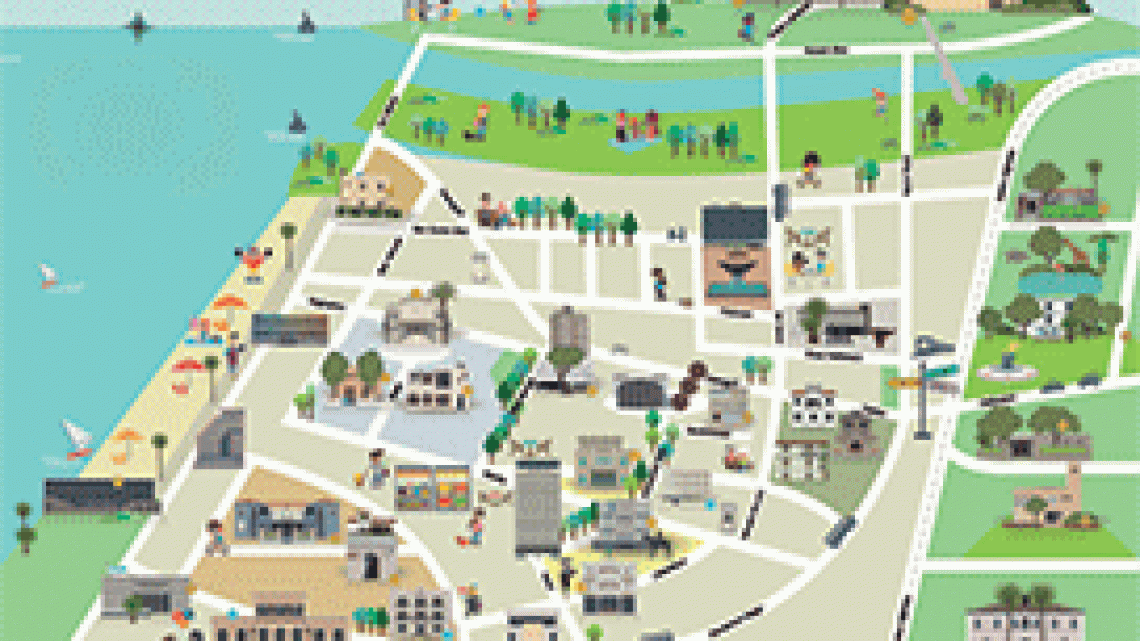
You've heard of Humans of Tel Aviv, but what about the city's houses? Take a day to stroll the historical neighborhoods that mark the inception of Tel Aviv and have a peek at the living quarters of some of the city’s first residents. As you walk this 1.3 km (0.8 mile) stretch, keep in mind that some of these houses tell a story that no human ever could.
What better place to begin a walking tour of houses than Beit Dizengoff, whose very walls resound from the rally cry of the birth of the state? History seeps out of every crack of the foreboding white edifice that once housed Tel Aviv’s first mayor, Meir Dizengoff, and his wife, Zina.
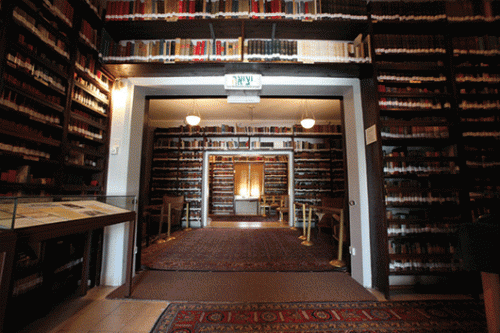
The Dizengoffs purchased the plot in what was to become the first neighborhood outside of Jaffa – known then as Ahuzat Bayit. But it was Israel’s first Prime Minister, David Ben-Gurion, who sealed this house’s fate in history when he chose it to declare Israel’s independence on May 14, 1948. Throughout the years, the house has undergone myriad transformations.
In the 1930s, Dizengoff expanded it to house the Tel Aviv Museum of Art while in the 1970s it was turned into the Bible Museum, which is still there. But undoubtedly the incarnation that stirs visitors the most is Independence Hall (open weekdays 9:00-14:00). There is something truly special about standing in the same spot where Ben-Gurion banged his gavel before reading the declaration into a microphone – which is still there today – under the auspices of Theodore Herzl’s likeness on the wall behind him.
Hop over the boulevard to check out number 23, Beit Eliyahu Golomb. Today, it’s a beautifully restored house from the 1920s that belonged to Eliyahu Golomb, one of the founders of the Hagana – the forerunner of the IDF. His apartments have been restored to how they looked when he lived there until his death in 1945. Annexed to Beit Eliyahu is the Hagana Museum (open Sunday to Thursday from 8:00-16:00) which has three levels chronicling the history of the military organization until its disbanding with the creation of the IDF. It’s well worth spending an hour at the house and museum.
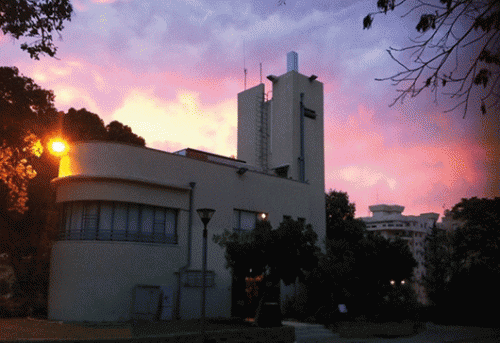
Head further north on Rothschild Boulevard and take the third right onto Shadal Street. Number 4, Beit Rivka Grunwald, is a breathtaking tribute to 1920s architecture in Tel Aviv. The architect Yehuda Megidovitz built the house in the style of eclecticism – a mixture of Art Deco and Art Nouveau with hints of Islamic and even far eastern architecture. The end result was a dream house.
“Dream houses,” was the name given to houses that reified something fantastical. In the case of Beit Rivka Grunwald, Megidovitz built an enclosed porch resembling a small palace. Rivka Grunwald, who lived in the house alongside her husband Viktor, was a feminist of sorts having purchased the house with her own money prior to meeting and marrying Viktor. Quite the social butterfly, Rivka’s house subsequently became the see-and-be-seen place for early Tel Aviv society.
Five minutes’ walk from Beit Rivka Grunwald, back over Rothschild Boulevard and up Betsalel Yafe Street will bring you King Albert Square and one of the most impressive buildings in Tel Aviv. Pagoda House is a stunning six-storied structure designed in the 1920s by Alexander Levy. It was the first private residence in Tel Aviv to have an elevator, installed in the 1930s on behalf of the Polish ambassador who occupied the third floor. Like Beit Riva Grunwald, Pagoda House was built in Eclectic Style and festooned with Doric columns and Islamic arches – a veritable paragon of east meets west. Today, the house is owned by Swedish Jewish billionaire, Robert Weil, and is considered one of the most expensive buildings in Israel.
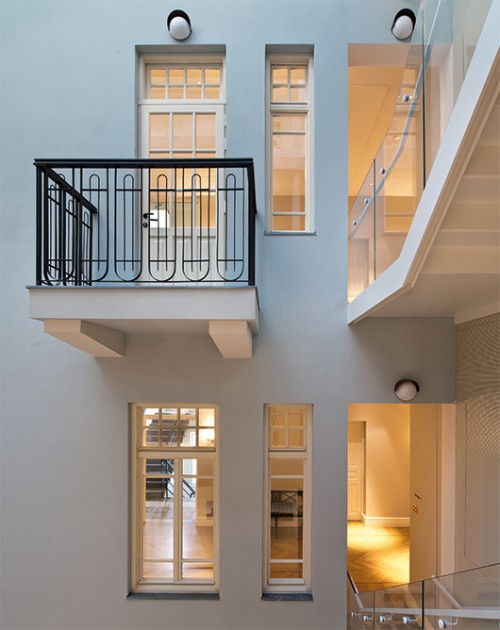
By this time you might be feeling a bit peckish, so head across the road to the gorgeous Norman Hotel for a sumptuous bite to eat, courtesy of renowned chef, Barak Aharoni. Resplendent both inside and out, the hotel was converted out of two painstakingly restored heritage houses that also date from the 1920s. Architect Yoav Messer was careful to keep the original Bauhaus design, but the building pays homage to all manner of Israeli architecture through the decades.
A feast for both your eyes and your stomach, lunch at the Norman is unforgettable. Of course, if you’re a bit more of an 'amami' type (Hebrew for simple or folksy), opposite the Norman is Café Noir, an iconic establishment in Tel Aviv that serves staples such as schnitzel – but with a twist (other than the standard chicken, Café Noir also offers schnitzels made from pork and veal).
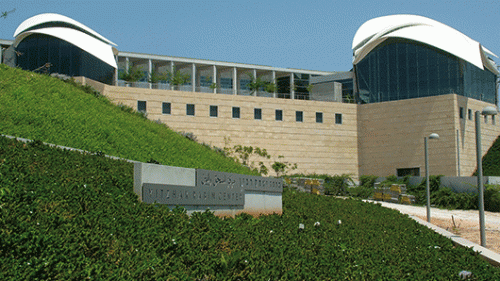
Walk off the meal by backtracking until you reach the corner of Herzl and Ahad Ha’am streets. There stands Beit Pollack, another testament to the founders of the city formerly known as Ahuzat Bayit. The plot was purchased by Michael Pollack and his brother-in-law Zalman Olitsky. Pollack and his wife lived on the first floor while Olitsky occupied the second.
Unfortunately, not much can be seen of the house at the moment because it's currently undergoing renovations. We're unsure whether the linear structure of the house will be maintained. The recurring straight lines of the house’s design was a feature which Pollack insisted on, much to the chagrin of his neighbor Akiva Aryeh Weiss who asserted that the building looked out of place juxtaposed against his own.
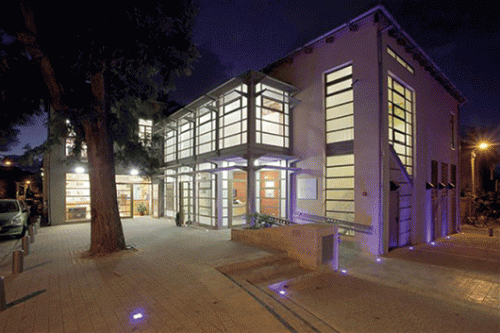
Head across the road and you can see the curving structure of Weiss’ abode. In 1909, Weiss – who was Ahuzat Bayit’s first chairman – designed the building himself in the style of Eretz Yisrael, a Zionist-influenced architectural approach. The distinct curved corner of Beit Weiss became the subject of a story in Nahum Gutman’s book, A Small City with Few People.
On the subject of Gutman, if you continue down Ahad Ha’am Street one block you’ll reach the quaint neighborhood of Neve Tzedek where you can pay a visit to the Nahum Gutman museum on Rokah Street. Apart from exhibiting select works by the famous artist, sculptor and author, the museum was also once the house of Y.H. Brenner, Yosef Aharonovitz and Dvora Baron who were three of Tel Aviv’s cultural masterminds. Not to be missed on the same street are Beit Rokah and Beit Abulafia.
Head to the end of the street where it intersects with Shlush Street, turn left and after a few meters you will arrive at number 32, Beit Aharon Shlush. Built in 1892, this is the oldest house on our tour and is contestably the first house built outside of Jaffa walls.

